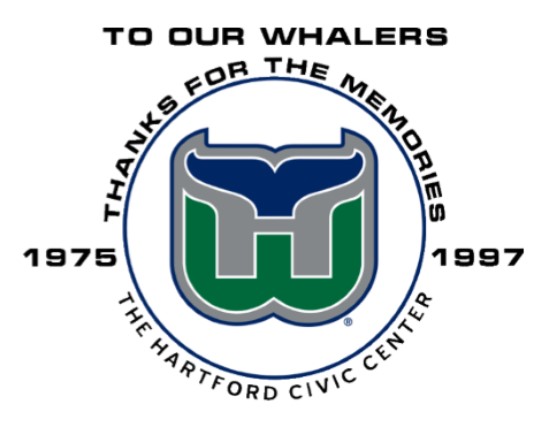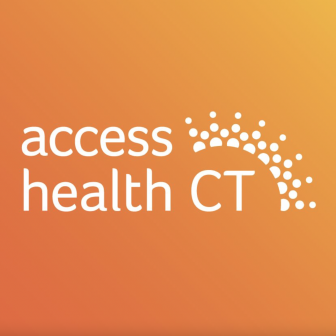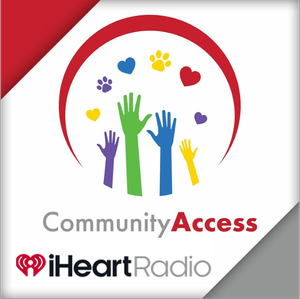Influx of Chinese Students in CT High Schools Reflects National Trend
/When the soon-to-be-vacated UConn campus in West Hartford attracted the interest of a Chinese education company looking to establish their first international high school in the United States, some may have been surprised by the interest by the interest in having American, Asian, and other international students live and receive instruction on the suburban campus. But for those who have noticed the nearly exponential growth of Chinese high school students coming to the United States to study, the proposal submitted to the town of West Hartford and the UConn Board of Trustees was less surprising.
 Chinese made up 35 percent of the 92,000 foreign secondary school students in the United States in 2015, according to the US Department of Homeland Security, by far the largest group studying here, the Boston Globe reported this week. That number has grown rapidly from only dozens a decade ago, fueled by the growing middle class in China and a desire to their children to gain an early advantage in efforts to attend college in the United States.
Chinese made up 35 percent of the 92,000 foreign secondary school students in the United States in 2015, according to the US Department of Homeland Security, by far the largest group studying here, the Boston Globe reported this week. That number has grown rapidly from only dozens a decade ago, fueled by the growing middle class in China and a desire to their children to gain an early advantage in efforts to attend college in the United States.
The number of international students across New England, with its long history and tradition of private schools, rose from 9,338 in 2010 to nearly 14,000 last year.
In Connecticut, with the second largest international student population in the region, the number has quickly climbed from 2,548 to 3.548, an increase of 39 percent in the past five years, the Globe reported, based on data from U.S. Immigration and Customs Enforcement. In Massachusetts, the number has jumped from 3,780 to 5,963 during the past five years. Every New England state has seen the number of international students attending local high schools increase, which Chinese students spurring the growth.
The number of Chinese K-12 students rose 290% percent to 34,578 as of November 2015 from 8,857 five years previously, according to data collected by the Student Exchange and Visitor Program, a unit of the Department of Homeland Security that tracks foreigners on student visas and the schools they attend, the Wall Street Journal reported. Chinese students make up roughly half of the 60,815 foreign pupils in U.S. high schools and the 6,074 in primary schools, according to the newspaper.
Founded in 1999, the Beijing-based Weiming Education Group is the largest and leading provider of private schools in China with over 40,000 students in 42 campuses. The Group, which is looking to establish the new international high school in West Hartford, has established a long-term international education partnership with more than 20 schools and education institutions from a dozen of countries including the United States, Britain, Canada, Singapore, and South Korea.
The company’s website points out that “Internationalized education has become the strategic direction” of the Weiming Education’s operation management, noting U.S. offices in Michigan and Connecticut. To date, about a half-dozen partner high schools in the United States are in Michigan.
The Hartford Courant reported last summer that Cheshire Academy, a private school with 400 boarding and day students in grades 8 through 12, had 85 students from mainland China this past academic year among its international contingent of 164 students from 32 countries, or more than 40 percent of its total enrollment.
West Hartford has yet to make a decision regarding the disposition of the UConn property, with a number of competing proposals under consideration. The UConn Board of Trustees is poised to move forward with a sale of the property to Weiming, but the town retains right of first refusal, and ultimately has zoning control over the property, regardless of the owner.



 The states with the largest Latino population are California, Texas, Florida, New York, Illinois, Arizona, New Jersey, Colorado, New Mexico, Georgia and North Carolina. With the smallest Latino populations are two New England states – Maine and Vermont – along with North and South Dakota and West Virginia. Another New England state, New Hampshire, is among the ten states with the smallest Latino population.
The states with the largest Latino population are California, Texas, Florida, New York, Illinois, Arizona, New Jersey, Colorado, New Mexico, Georgia and North Carolina. With the smallest Latino populations are two New England states – Maine and Vermont – along with North and South Dakota and West Virginia. Another New England state, New Hampshire, is among the ten states with the smallest Latino population. The new network would dramatically extend televised and online coverage and “on-demand access” to all legislative hearings and debates, as well as public policy conferences, regulatory hearings, executive agency meetings, and state Supreme Court and Appellate judicial proceedings.
The new network would dramatically extend televised and online coverage and “on-demand access” to all legislative hearings and debates, as well as public policy conferences, regulatory hearings, executive agency meetings, and state Supreme Court and Appellate judicial proceedings. Giguere pointed out that “there are 10 hearing rooms, but CT¬N’s physical plant limits us to covering only two events concurrently. That means up to 80% of the Legislative committee process at any given time goes unseen. Our capacity to cover the Executive and Judicial Branches is even more limited.”
Giguere pointed out that “there are 10 hearing rooms, but CT¬N’s physical plant limits us to covering only two events concurrently. That means up to 80% of the Legislative committee process at any given time goes unseen. Our capacity to cover the Executive and Judicial Branches is even more limited.” currently funded, CFOG notes, “the new entity would be monitored and accountable to the public, but independent from government itself.”
currently funded, CFOG notes, “the new entity would be monitored and accountable to the public, but independent from government itself.” When asked to think about overall business conditions in Connecticut versus 6 months ago, respondents – for the first time in three quarters – said conditions are better now than 6 months ago. The margin was narrow - with 27 percent saying “better” and 25 percent saying “worse”, but that’s a reversal from the past two quarters, when more people were of the view that business conditions has worsened (22%-24% and 24%-28% in the two previous quarters).
When asked to think about overall business conditions in Connecticut versus 6 months ago, respondents – for the first time in three quarters – said conditions are better now than 6 months ago. The margin was narrow - with 27 percent saying “better” and 25 percent saying “worse”, but that’s a reversal from the past two quarters, when more people were of the view that business conditions has worsened (22%-24% and 24%-28% in the two previous quarters).
 In a survey of states nationwide, Illinois was at the bottom of the list, with only one in four Illinois residents indicating confidence in their state government, the lowest among the 50 states by a significant margin. Rhode Island (33%) and Connecticut (39%) join Illinois as states with less than 40 percent government confidence, according to data compiled by Gallup. North Dakota residents are the most trusting; 81 percent say they are confident in their state government.
In a survey of states nationwide, Illinois was at the bottom of the list, with only one in four Illinois residents indicating confidence in their state government, the lowest among the 50 states by a significant margin. Rhode Island (33%) and Connecticut (39%) join Illinois as states with less than 40 percent government confidence, according to data compiled by Gallup. North Dakota residents are the most trusting; 81 percent say they are confident in their state government. ts are based on Gallup's 50-state poll, conducted March through December 2015. Gallup asked respondents whether they do or do not have confidence in their state's "government in general."
ts are based on Gallup's 50-state poll, conducted March through December 2015. Gallup asked respondents whether they do or do not have confidence in their state's "government in general."
 When Connecticut voters go to the polling places on Tuesday, April 26, voters in nearly two-thirds of the states will already have made their preferences known. The same day as Connecticut, presidential primaries will also be held in Delaware, Maryland, Pennsylvania and Rhode Island. The previous week, primaries will be held in New York, a state called home, at various times, by three of this year’s leading contenders – Hillary Clinton, Bernie Sanders and Donald Trump.
When Connecticut voters go to the polling places on Tuesday, April 26, voters in nearly two-thirds of the states will already have made their preferences known. The same day as Connecticut, presidential primaries will also be held in Delaware, Maryland, Pennsylvania and Rhode Island. The previous week, primaries will be held in New York, a state called home, at various times, by three of this year’s leading contenders – Hillary Clinton, Bernie Sanders and Donald Trump.
 diana, New Mexico, California, New Jersey, Nebraska, West Virginia, Oregon and Montana. Most states have their Democratic and Republic primaries on the same day, although a handful hold party primaries on different days. South Carolina’s Republican primary will be on February 20, for example, and its Democratic primary on February 27.
diana, New Mexico, California, New Jersey, Nebraska, West Virginia, Oregon and Montana. Most states have their Democratic and Republic primaries on the same day, although a handful hold party primaries on different days. South Carolina’s Republican primary will be on February 20, for example, and its Democratic primary on February 27. The final
The final 
 On July 13, 2015, President Obama hosted the sixth White House Conference on Aging, joining older Americans and their families, caregivers, and advocates at the White House and virtually through hundreds of watch parties across the country.
On July 13, 2015, President Obama hosted the sixth White House Conference on Aging, joining older Americans and their families, caregivers, and advocates at the White House and virtually through hundreds of watch parties across the country.
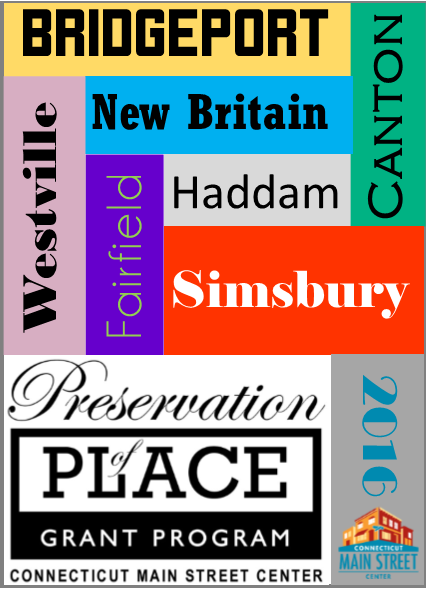


 ave the Whale” season-ticket drive resulted in 8,300 season tickets sold, about 3,000 more than the previous year. In the aftermath of the season ticket drive, and heading into the 1996-97 season, the Whalers management said they would remain in Hartford for two more years, in accordance with their lease.
ave the Whale” season-ticket drive resulted in 8,300 season tickets sold, about 3,000 more than the previous year. In the aftermath of the season ticket drive, and heading into the 1996-97 season, the Whalers management said they would remain in Hartford for two more years, in accordance with their lease.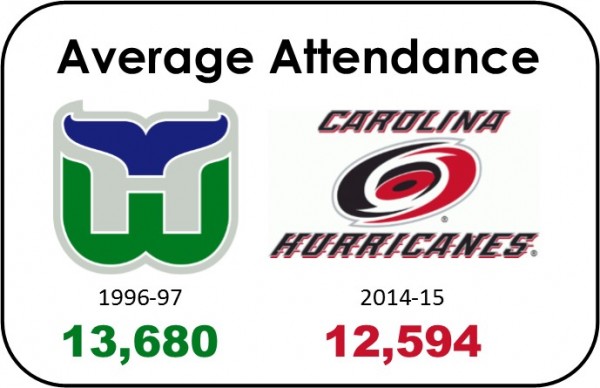 efore management moved the team from Hartford. (To 10,407 in 1993-94, 11,835 in 1994-95, 11,983 in 1995-96 and 13,680 in 1996-97.)
efore management moved the team from Hartford. (To 10,407 in 1993-94, 11,835 in 1994-95, 11,983 in 1995-96 and 13,680 in 1996-97.)